
“Anywhere boasting a Hudson’s award will be worth a trip”
Hudson’s Historic Houses and Gardens has been the go-to handbook for heritage lovers for 27 years. Covering properties from large organizations such as the National Trust and English Heritage through smaller associations and independent trusts to privately-owned houses, the guide aims to give a complete overview of Britain’s heritage industry. It’s hardly surprising, then, that the annual awards created by founder Norman Hudson OBE are eagerly anticipated by readers, who trust the brand enough to know that anywhere boasting a Hudson’s award will be worth a trip. They’re respected by the industry, too. Attractions boasting a Hudson’s Award on their brochure guarantee an increase in interest and competition is fierce.
The 2014 Awards, presented at a grand luncheon in Goldsmiths Hall near St Paul’s Cathedral saw 11 categories ranging from Best Family Day Out to Best Wedding Venue. All were outstanding and a full list of winners and highly-commendeds can be found on the website. Here, though, British Heritage chooses some of the most impressive finalists.
[caption id="TheHudsonsHeritageAwards2014_img1" align="aligncenter" width="340"]
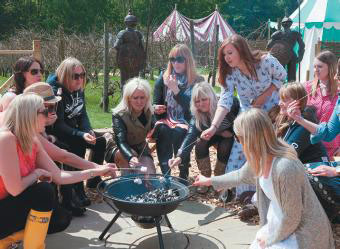
THE JUDGES
[caption id="TheHudsonsHeritageAwards2014_img2" align="aligncenter" width="340"]
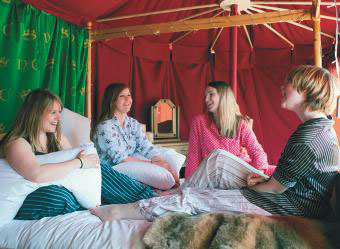
PENTILLIE CASTLE & ESTATE
[caption id="TheHudsonsHeritageAwards2014_img3" align="aligncenter" width="703"]
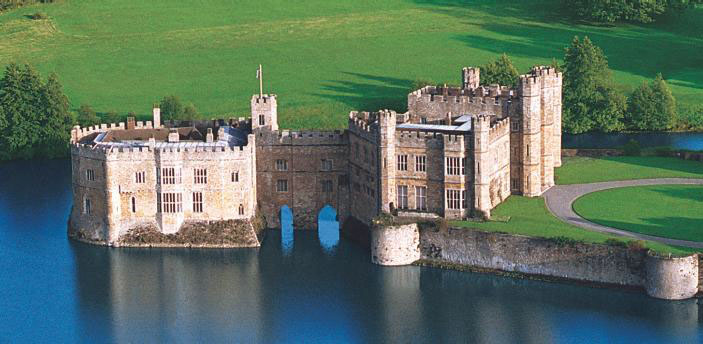
LEEDS CASTLE
The winner of Best Accommodation was a fabulous (in every sense of the word) Knight’s “Glamp-site” at Leeds Castle, inspired by Henry VIII’s 1520 stay at the castle en route to his famous Field of the Cloth of Gold meeting with France’s King Francis I. Guests stay in pavilions, enjoying a fantasy night under the stars like a fairy tale knight of old. It’s camping, but not as we know it. Or, indeed, as Henry VIII would have known it—but when it’s this glamorous, who cares about authenticity.
Hudson’s Historic Houses & Gardens, Museums & Heritage Sites
[caption id="TheHudsonsHeritageAwards2014_img4" align="alignright" width="147"]
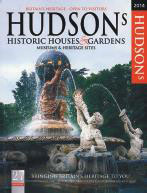
Hudson’s Media, Peterborough, 432 pages, softcover, $27.95 For media, travel trade and heritage travelers, Hudson’s is the richly illustrated bible of heritage destination sites in Great Britain, and sponsor of the Hudson’s Heritage Awards. www.hudsonsheritage.com
It had been thought Hadlow Tower in Kent, an extraordinary folly of the highest quality and lowest practical use, was impossible to turn into anything that could allow it to pay its own way. The tiny VIVAT Trust took on the challenge to turn the 1838 tower (built so Walter Barton May could spy on his unfaithful wife), into a holiday let. After a 10-year restoration, Britain’s tallest folly has been Highly Commended by the judges for its innovation and sensitivity, which includes an elevator built into a buttress and a spiral staircase to hold up the 40-foot lantern at the top.
One of the more unusual award categories is Best New Discovery, something a property has unearthed in the past year that is truly outstanding, whether from an archaeological dig or painstaking research. Dunvegan Castle on the Isle of Skye particularly impressed the judges because it not only found something special, but also used that discovery to create a future plan for the building. A Book of Correspondence unearthed deep in castle archives had been kept from the early 19th century through 1945. It revealed some past, frankly destructive maintenance activities that explained why the building was suffering in the 21st century. Archivists were able to point to the problems and find answers, not least in a hand-written recipe for the original, local lime mortar replaced by some well-meaning steward 50-odd years ago with unforgiving, modern concrete.
[caption id="TheHudsonsHeritageAwards2014_img5" align="aligncenter" width="703"]
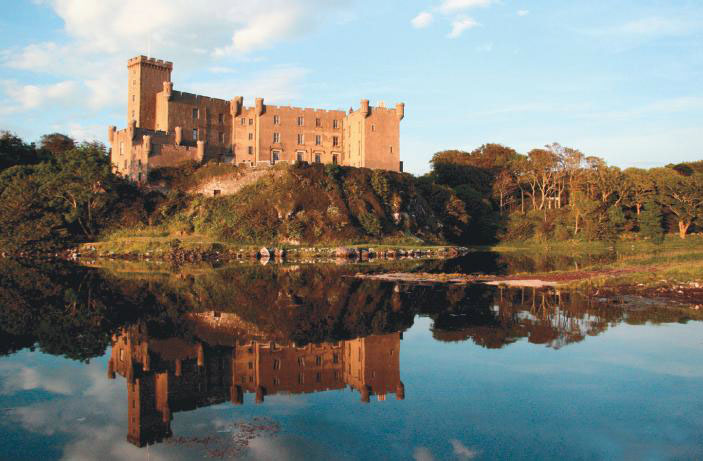
A fun discovery led to Pentillie Castle in Cornwall being Highly Commended. Local legend told that when eccentric Sir James Tillie died 300 years ago, he left instruction that he was to be dressed in his finest clothes and bound to a stout chair in his favorite folly with his books, pipe and wine in easy reach, ready for Resurrection Day. The servants continued to bring food and wine to Sir James for a couple of years until he just got too smelly. Then, they buried him after all, replacing his decaying corpse with a statue. Lifting a slab under the sculpture of Sir James in what became Britain’s earliest garden mausoleum, archaeologists discovered fragments of wood, textile and human remains, proving the legend to be true. Sadly no wine was found; presumably Sir James found the afterlife thirsty work.
Kiplin Hall in North Yorkshire was the country seat of George Calvert, founder of Maryland, and a fascinating Jacobean treasure. It has been Highly Commended, however, for a much later addition. The sole survivor of the long-abandoned Victorian kitchen garden was a lone espaliered apple tree. In its heyday, the walled garden would have fed the estate, with an army of full-time gardeners tending it. Its loving restoration has been masterminded by a two-day-a-week head gardener and local volunteers. They have been so successful that they are able to supply fruit, vegetables and herbs to the hall’s café, and keep a special produce cart fully stocked.
Perhaps the most intriguing Hudson award each year is for Best Secret Gem. This year’s winner, The Judge’s Lodging in Powys, is well-known locally, but virtually unheard of anywhere else. The small town of Presteigne, though modest these days, was once the county town of Radnorshire, with a Courthouse to match its aspirations. The carefully preserved courtroom and cells reflect the austere attitude with which Victorians regarded justice, but the Judge’s house is a different matter. The old Shire Hall, left to decay for more than a century has found disuse was its friend. When restorers came to inspect the building, the opulent apartments remained much as they had been in the 1850s, even down to the furniture (if a little battered and dark). A sensitive conservation project led to more discoveries. The sumptuous living accommodation upstairs, lit entirely by gas and oil lamps, contrasts sharply with the gloomy servants’ quarters below. Everything is touchable, and school parties particularly enjoy the “gross facts,” acting out grimy duties and playing “hunt the toilet.” The whole local economy has received a boost from the project.
[caption id="TheHudsonsHeritageAwards2014_img6" align="aligncenter" width="340"]
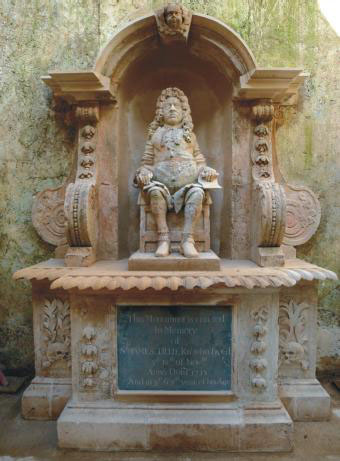
Most of Hudson’s awards are judged by a panel of experts, but the Best Heritage Picnic Spot is nominated by a member of the public. The fabulous country estate at Chatsworth House in Derbyshire has enough picnic areas to feed an army, but for Mrs. Olwen Wright, the sheer sight of the site was enough to make it the best place in the country to eat al fresco: “As we entered the parkland and got our first view of the House and its surrounds, our grandchildren, aged 9 and 14, who would never usually comment, both said ‘Wow!’”
What makes Chatsworth special for picnicking is that there isn’t just one designated area, but many, all with great views and good facilities. If visitors make a spur-of-the-moment decision to dine outside, there is a hut selling excellent-quality picnic food from the award-winning Estate Farm Shop.
—Sandra Lawrence
Find more about all the Hudson’s Award winners at www.hudsons-awards.co.uk





Comments